The Healthy Homes Standards Explained Simply
The Healthy Homes Standards are now a critical part of owning and renting out residential properties in New Zealand. Introduced in 2019, these standards are designed to ensure that rental properties are warm, dry, and safe — and the compliance deadlines have either already passed or are fast approaching for most landlords.
So, what exactly do the standards cover? There are five key areas:
-
Heating – Every rental must have a fixed heater in the main living room that can heat the room to at least 18°C. The heater must be of a certain size and type (e.g. heat pumps are acceptable, portable heaters generally are not).
-
Insulation – Ceiling and underfloor insulation must meet 2008 Building Code standards or be upgraded if previously exempt.
-
Ventilation – Kitchens and bathrooms must have extractor fans, and all habitable spaces require windows or vents that open to the outside.
-
Moisture Ingress & Drainage – Rentals must have efficient drainage systems and ground moisture barriers (for homes with a subfloor).
-
Draught Stopping – All gaps and holes causing noticeable draughts must be sealed.
From 1 July 2025, all private rentals in New Zealand must be fully compliant. If you’re unsure whether your property meets the Healthy Homes Standards, consider using a qualified inspector or refer to the Healthy Homes compliance tool provided by Tenancy Services.
Failure to comply can result in fines up to $7,200 per property, so it’s not worth taking shortcuts. Compliance isn’t just about avoiding penalties — it can lead to better tenants, fewer disputes, and improved long-term asset value.
Keeping your property compliant and comfortable is one of the best ways to ensure positive landlord–tenant relationships in Auckland, Christchurch, Wellington and all across NZ.



